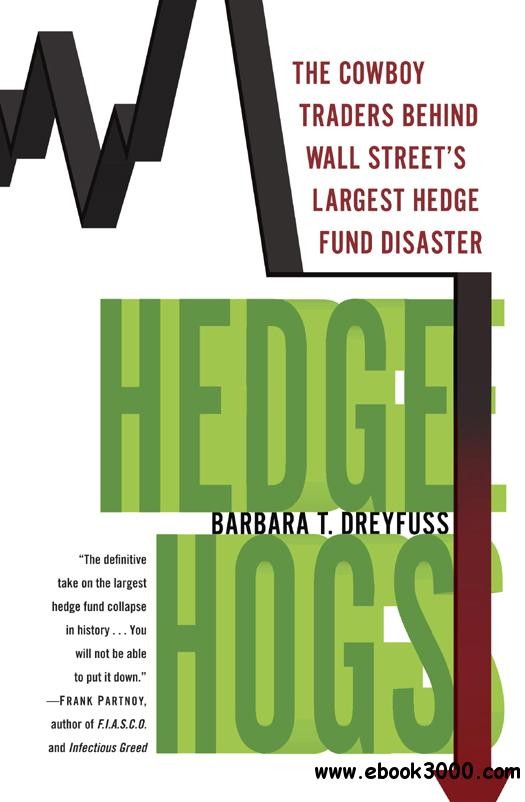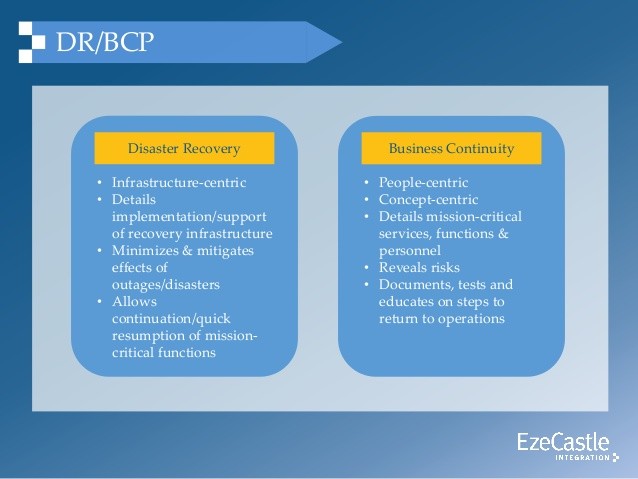The real reason for the latest hedgefund disaster
Post on: 16 Март, 2015 No Comment

The real reason for the latest hedge-fund disaster.
Another hedge fund blew up this week. Don’t worry if you missed it, though, because you already know the story:
So crashed Amaranth Advisors, the Connecticut-based hedge fund, following the same trajectory as Long Term Capital Management, Enron, Barings Bank, and dozens of other firms, all staffed with brilliant traders and Ph.D.s, all apparently way too sophisticated to make moronic billion-dollar mistakes.
In the immediate aftermath, such gigantic failures are usually attributed to the moronic mistakes. In Amaranth’s case, for example, a 32-year-old named Brian Hunter was so sure he knew what natural gas prices would do that he bet the firm. Amaranth’s bosses and risk-control people, meanwhile, concluded that the risks were worth taking because—well, for starters, because it was apparently inconceivable that gas prices could fall to levels not seen since … 2004 .
It’s true that such mistakes are colossally stupid. But when smart people keep making the same stupid mistakes, it’s safe to conclude that idiocy is not the only factor at work. Indeed, when you start to examine the market carefully, it’s clear that these errors actually have a deeper and more predictable cause.
The only plausible conclusions that can be drawn from the crackups of Amaranth, et al. are that 1) they didn’t know the risks they were taking, or 2) they knew and didn’t care.
Hedge funds like Amaranth have risk-control units that do nothing but analyze holdings and try to anticipate worst-case scenarios. A common factor in such blowups is that the firms analyze time frames too short to provide an accurate picture of risk. A decade or two of price behavior, for example, doesn’t usually capture the range of potential outcomes that prudent traders must take into account, and even when it does, the future can always be different. If the firms really didn’t know the risks, therefore, they either didn’t do their homework—or left their brains at the beach.
Given the frequency with which this short-memory mistake is made, it is hard to chalk it up to ignorance. According to the New York Times . for example, the head of Amaranth lived through a similar near-catastrophe at his prior fund. What’s more likely is that Amaranth had a sense of its risk but deemed it worth taking. To understand why it would do this, you need to distinguish between the risks faced by a hedge fund’s investors and those faced by a hedge fund’s employees.
The risks faced by hedge-fund investors are obvious: They might lose money—a lot, in fact, if prices move the wrong way. This is a strong incentive for investors to hope that their hedge funds are careful. It is not, unfortunately, a strong incentive for the funds to be careful.

The risks facing hedge-fund employees, meanwhile—and, importantly, the employees of fund-of-funds that invest in hedge funds—encourage the funds to swing for the fences. Unless the employees keep most of their net worth in their funds, for example, they are not in danger of losing their money or careers. The total of $6 billion that Amaranth vaporized this month belonged mostly to corporations, individuals, and lenders, not Amaranth employees, and fired hedge-fund staffers can usually get jobs at other funds (or start their own).
The real risk facing hedge-fund employees is that they won’t make a killing. The average base salary (pre-bonus) for a hedge-fund peon is about $150,000—a lot of money in the real world, but chicken feed in this one. If hedge-fund peons don’t help their bosses make a killing, they don’t get big bonuses, and they often get fired. If the bosses don’t make a killing, meanwhile, they don’t get big bonuses and they often get fired by clients. who aren’t paying massive hedge-fund fees to earn bank interest.
The way to keep your job and get rich in the hedge-fund business is to generate gains—on which you collect success fees that usually range from 20 percent to 50 percent. It doesn’t matter whether the gains result from luck or skill, and it doesn’t matter how much risk you take to get them. From the perspective of a hedge-fund employee, therefore, the risk/reward proposition looks like this:
Be conservative = medium risk, low payoff
Swing for fences = medium risk (get fired), enormous payoff (get massive bonus)














